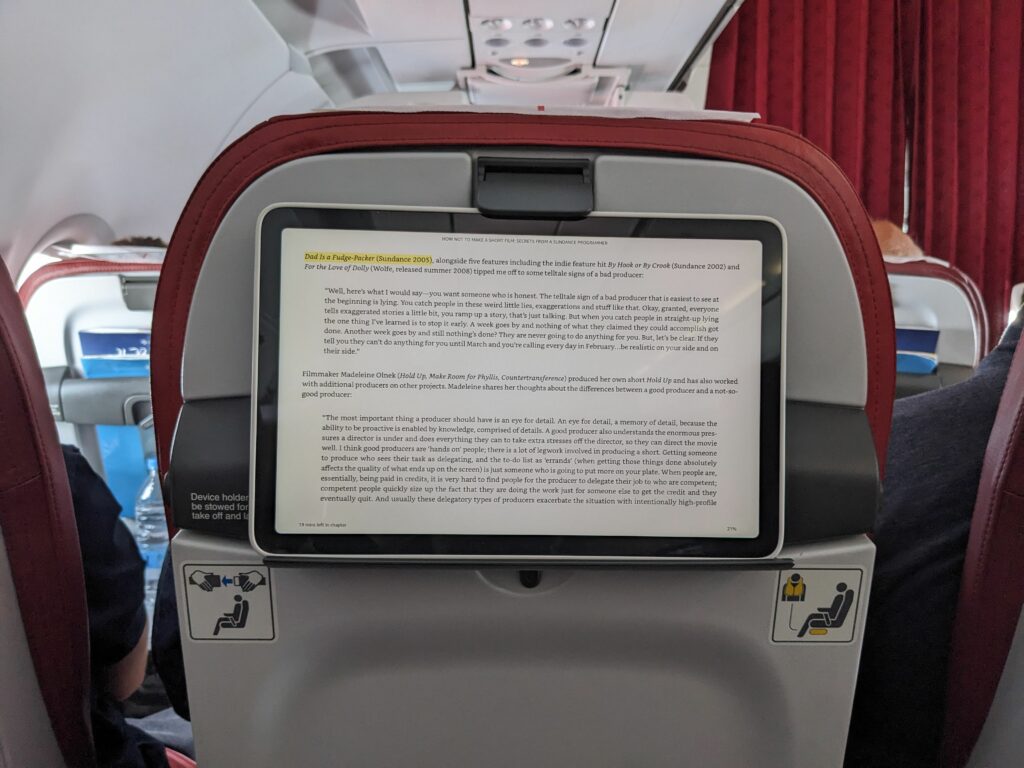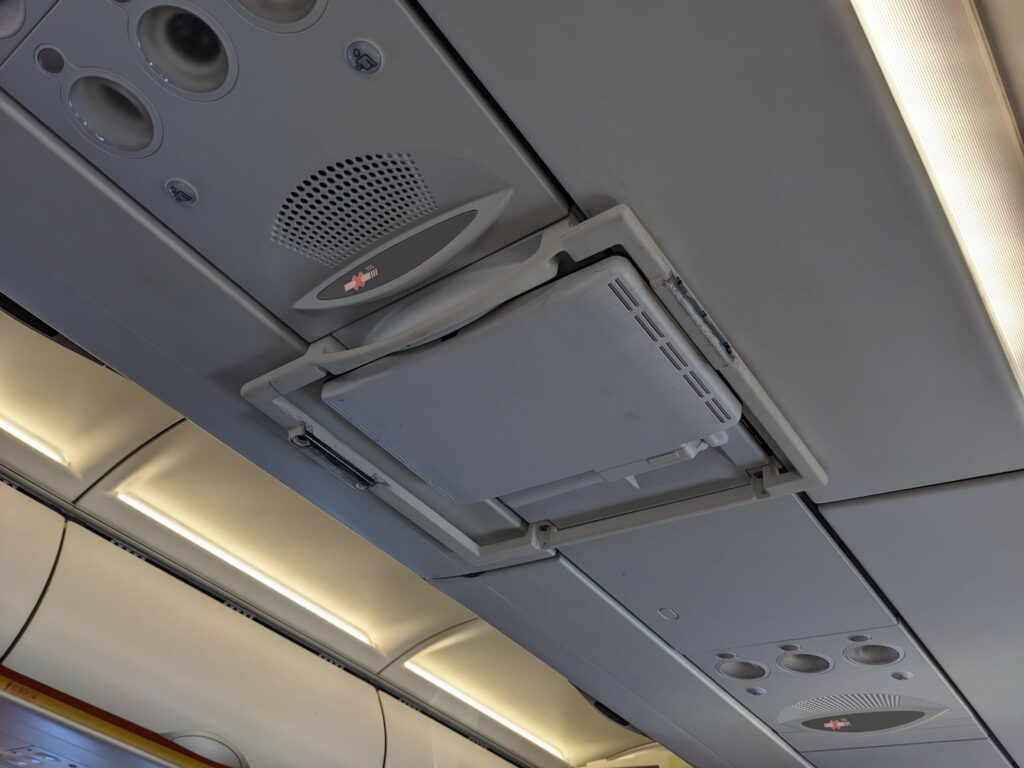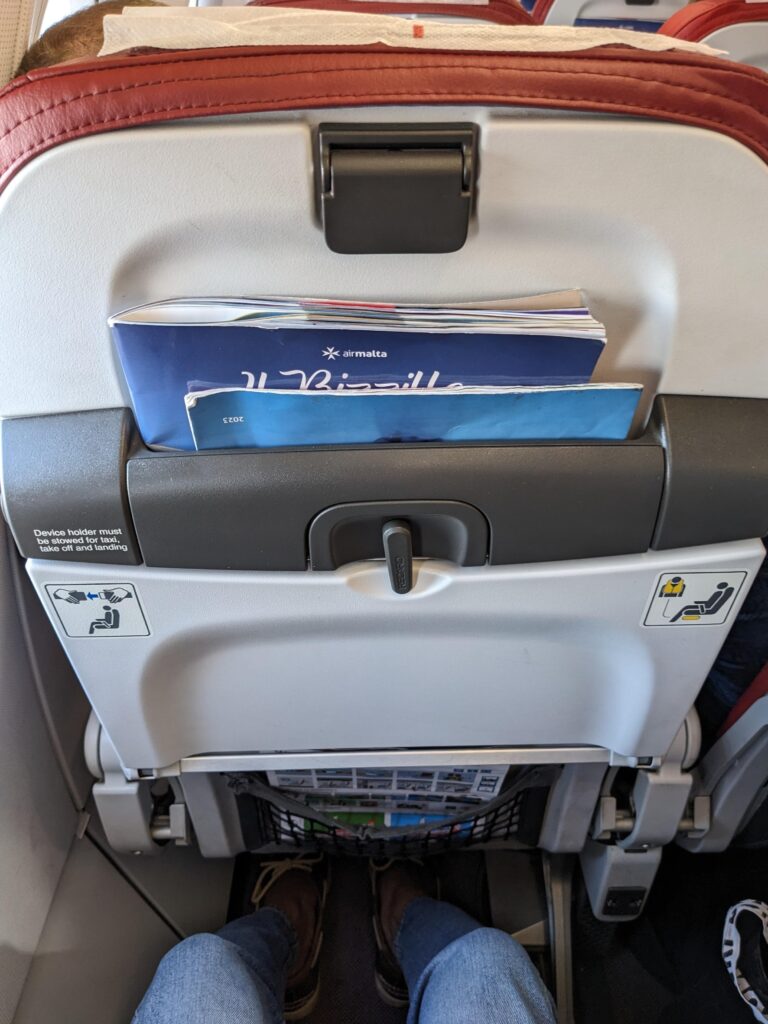 Malta, the Mediterranean island nation, holds an interesting place in the world of European aviation. A member of the European Union and Schengen Area with favorable rules for aircraft registration, Malta has many commercial aircraft registered in its country of half a million people, including Ryanair jets and aircraft flown by wet-lease operator Avion Express Malta. In this sea of hundreds of aircraft is the relatively small fleet of flag carrier Air Malta with its eight Airbus A320s.
Malta, the Mediterranean island nation, holds an interesting place in the world of European aviation. A member of the European Union and Schengen Area with favorable rules for aircraft registration, Malta has many commercial aircraft registered in its country of half a million people, including Ryanair jets and aircraft flown by wet-lease operator Avion Express Malta. In this sea of hundreds of aircraft is the relatively small fleet of flag carrier Air Malta with its eight Airbus A320s.
Not to be confused with Malta Air — the joint venture between Ryanair and the Government of Malta — Air Malta is a 50-year-old carrier that operates out of Malta International Airport, the only active commercial airport on Malta, serving the whole of the Maltese Islands. It flies its two A320ceos and six A320neos to destinations in the UK and continental Europe, and even to Tel Aviv. Tourism forms a significant chunk of the Maltese economy and the carrier’s London flights are ideal for connecting sunshine seekers to the islands, which boast more than 300 annual sunny days.
A roundtrip from London Gatwick Airport, served daily along with London Heathrow, allowed me to sample Air Malta. Boarding from Gatwick’s south terminal, I made my way onto the five-year-old plane, 9H-NEO, on a cloudy September morning. Air Malta uses registrations with ‘NE’ for its CFM LEAP-powered A320neos, with the first one, ours, bearing the NEO moniker. Neat.
Boarding took a bit longer than expected, with passengers first checked into a holding area. This was followed by a free-for-all boarding process with a gate attendant yelling out announcements. Despite my ‘Zone 1’ boarding pass I boarded at the end and took my seat in Row 7 of the plane. Air Malta charged £11 per passenger per segment for a seat selection. My ‘Go light’ ticket did not include any checked bags.
Prior to the trip, I was encouraged by numerous emails to upgrade to ‘Go first’, which ensures passengers can board the aircraft first and guarantees they can carry their hand luggage on board. There were also several emails encouraging me to upgrade to ‘Go business’, Air Malta’s EuroBiz business class product where the middle seat of economy-style seat triples are blocked. I declined all of these.
On 9H-NEO, there were three rows of business and three rows of economy with adjustable headrests. The rest of us in economy class had seats without adjustable headrests.
The onboard ambience felt more like a low-cost airline than a boutique national carrier. The seats had no IFE screens and featured a solitary USB-A port below each seat. Mine was broken.
Whilst the legroom was acceptable, the 180-seat plane was densely configured. Unfortunately, the interior was also dirty. Crumbs and dust could be found between the tired looking red leather seats.
 Service consisted of absolutely nothing, not even a bottle of water. Snacks, water, sodas and alcoholic beverages were all offered for purchase.
Service consisted of absolutely nothing, not even a bottle of water. Snacks, water, sodas and alcoholic beverages were all offered for purchase.
I eventually succumbed and bought a small pack of Pringles for €2.75. From the sound of the cutlery and the smell of food, business class seemed to be served a full meal. We were separated from that cabin by curtains which were drawn for the duration of the flight. After the paid food offering in economy, flight attendants sold duty free items. I did not partake.
Our return flight was on 9H-NEB. This slightly newer A320neo featured a different seat product with an integrated tablet holder and six rows of business. Also present were two double sets of USB-A ports for every three seats.
I found these slimline seats to be less comfortable for my slim frame than the seats on the outbound leg, but significantly cleaner. Boarding was equally disorganized.
 On this flight, my phone picked up several Wi-Fi networks with the words ‘Malta stream’ in the name but none of them appeared to work. The inflight magazine made some vague reference to streaming content on board ‘if equipped’ but nobody told us anything about this nor were there any instructions on how to connect to the wireless IFE.
On this flight, my phone picked up several Wi-Fi networks with the words ‘Malta stream’ in the name but none of them appeared to work. The inflight magazine made some vague reference to streaming content on board ‘if equipped’ but nobody told us anything about this nor were there any instructions on how to connect to the wireless IFE.
As with our outbound flight, the plane featured old-school drop down monitors from the overhead panels. These were never opened or operated on either flight. Service on the return flight was identical with food and drink for purchase followed by a duty free sale offering.
 With its tiny fleet of eight aircraft, Air Malta seems stuck in a bit of a no-man’s-land (or island). This is neither a fully low-cost carrier nor a premium boutique airline. The lack of a simple cup of water was definitely a sore point on an otherwise unremarkable pair of flights.
With its tiny fleet of eight aircraft, Air Malta seems stuck in a bit of a no-man’s-land (or island). This is neither a fully low-cost carrier nor a premium boutique airline. The lack of a simple cup of water was definitely a sore point on an otherwise unremarkable pair of flights.
However, with its route network connecting to several European aviation hubs, Air Malta remains a solid choice for flyers wishing to visit the beautiful isles of Malta as proven by the full cabins on both flights.
Related Articles:
- Tanzanian operator Precision Air makes it quick and easy on NBO-JRO
- Room for improvement on Kenya Airways long-haul
- Purple challenger Wizz Air offers persuasive PaxEx
- Vistara makes good on domestic Premium Economy promise
All images credited to the author, Karun Mukhi












